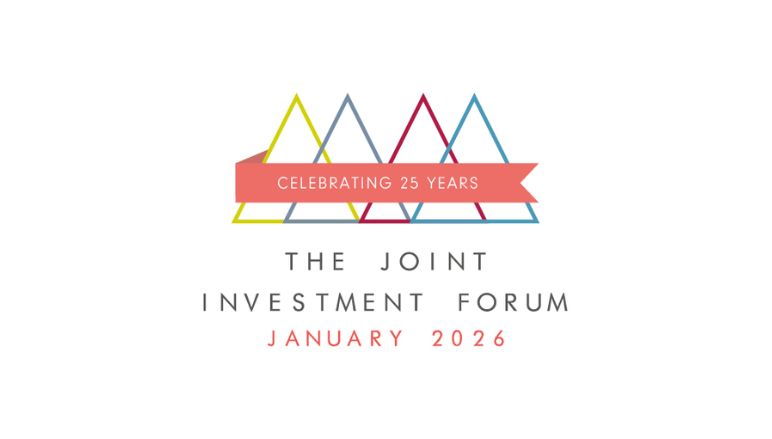Markets have been volatile as Trump’s trade war begins.
- This week saw greater clarity around the Trump tariff regime.
- Drinks and cars appear to be the most ‘at risk’ industries.
- It became clear that most of Trump’s targets already have a plan for retaliation.
It was trade war week for the incoming US administration. Financial markets were treated to a taste of the next few months as Donald Trump imposed tariffs on Mexico and Canada, rescinded them within 24 hours, made threats to the European Union, followed through on tariffs to China, and generally sent markets into disarray.
While it may have looked chaotic, a few elements of clarity emerged. For example, it became clearer which sectors were in the firing line, and that there would be carve-outs. In its blanket 25% tariffs on Canadian imports, Trump made an exception for oil imports, which attracted tariffs of just 10%. Canada provides more than half of US oil exports.
Drinks and cars appear to be the most ‘at risk’ industries. Cars have a complex supply chain, often funnelled through Mexico and price rises could dent demand. In its results this week, Diageo withdrew its sales guidance. Its US sales are driven by Crown Royal, made in Canada, and Don Julio, made in Mexico. Pernod Ricard was already struggling with China imposed anti-dumping tariffs on European Union brandy imports in October.
It also became clear that most of Trump’s targets already have a plan. China has announced retaliatory measures. The European Commission made it clear that its retaliation to any tariffs would be aimed firmly at the US technology giants. It threatened to use its “anti-coercion instrument” (ACI), which is a tool brought in during the last round of Trump tariffs that allows it to impose trade restrictions on services if a country is using tariffs on goods to force changes in policy. It believes Trump’s threats over Greenland would qualify.
It was evident that Trump would back down quickly if he felt he had scored a win. Both Canada and Mexico won a stay of execution after agreeing to relatively minor border controls. It may be that Trump recognises the risks inherent in raising prices for US consumers. With that in mind, some of the share price falls may be overdone and there may be opportunities for good fund managers amid the volatility.
However, investors are likely to have to live with this volatility for a little while longer. It is clear that Trump is willing to use tariffs as a bargaining chip, and can change his mind extremely quickly. Invesco points out that the 2018-2019 tariff war also had a significant impact on markets, taking them on a roller coaster ride. In general, there was a flight to perceived ‘safe haven’ assets globally. This may be the pattern again.


















